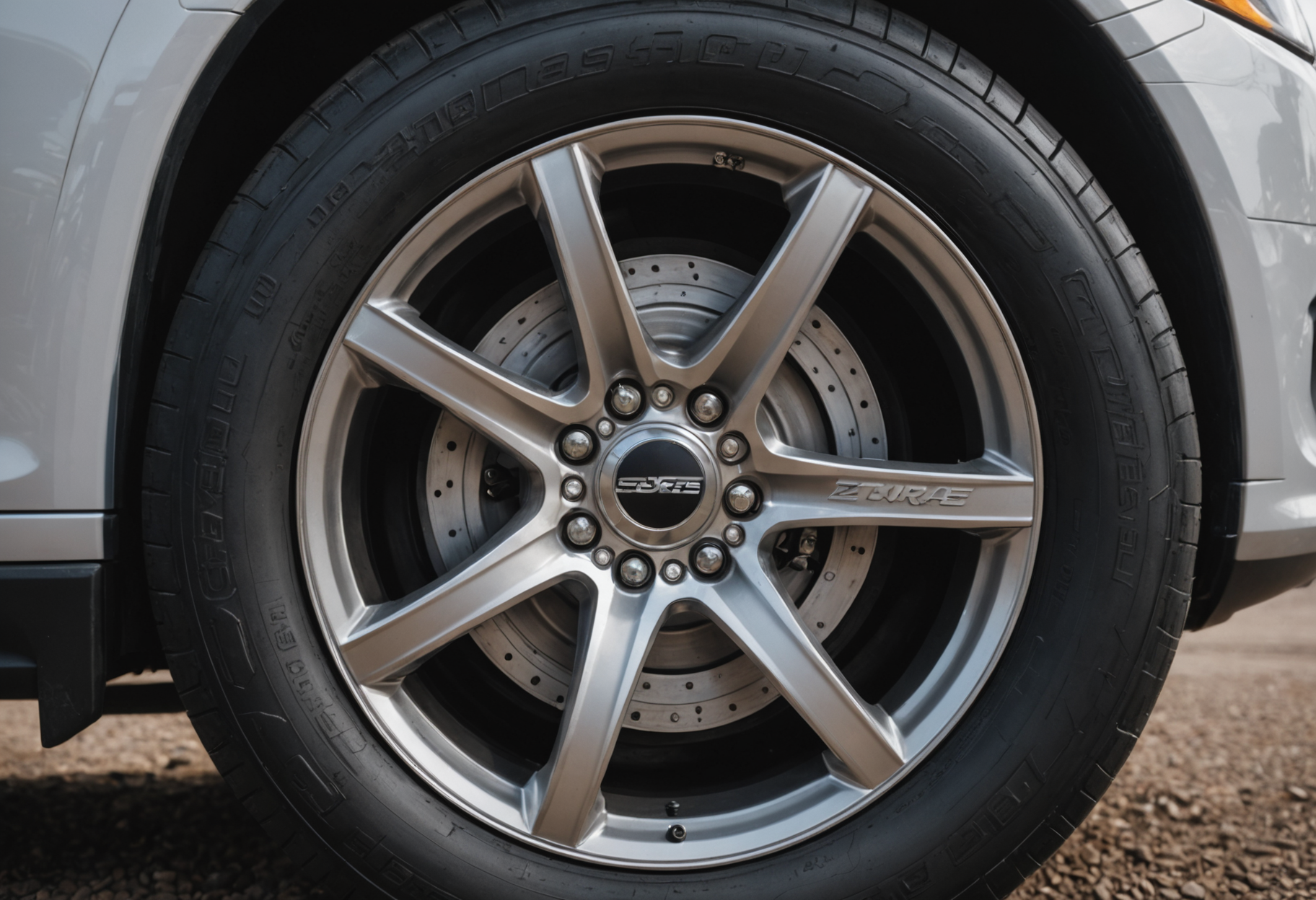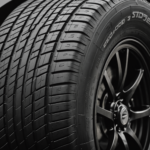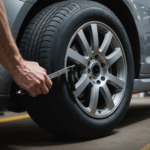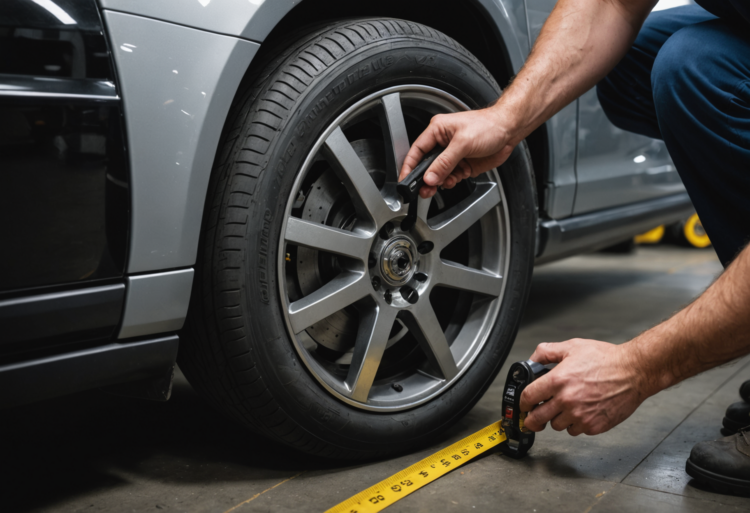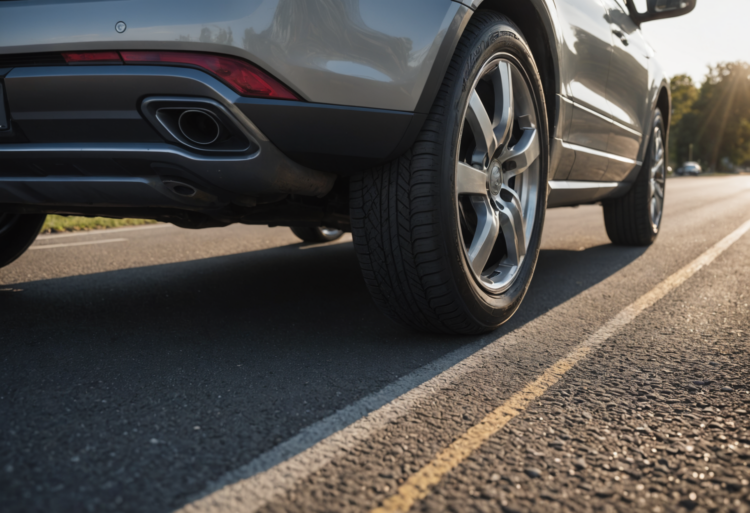Understanding tire sidewall specifications is essential for any vehicle owner aiming to optimize their car’s performance and safety. The sidewall contains vital information that can help consumers choose the right tire for their vehicles, ensuring both efficiency and comfort. In this article, we will explore the intricacies of tire sidewall specifications, breaking down what each component means and how to interpret it effectively.
What is a Tire Sidewall?
The sidewall of a tire is the area between the tread and the bead. It provides essential information about the tire’s characteristics, including its construction, size, and performance capabilities. By reading the specifications on the sidewall, car owners can make informed decisions regarding tire replacement and maintenance.
Decoding the Sidewall Markings
Tire sidewall markings can seem complex at first glance. However, once the components are understood, reading them becomes straightforward. Below are the key elements commonly found on tire sidewalls:
1. Tire Width
The first number in a tire specification indicates its width in millimeters. For instance, in the specification P215/65R15:
- 215 indicates the tire width is 215 mm.
2. Aspect Ratio
The second number denotes the aspect ratio, which is the height of the tire’s sidewall as a percentage of the tire’s width. In our example above, the 65 means that the height of the tire’s sidewall is 65% of its width:
- Height = (Width × Aspect Ratio)/100
- Height = (215 mm × 65)/100 = 139.75 mm
3. Construction Type
The letter that follows the aspect ratio typically indicates the tire’s construction. The most common types are:
- R for radial construction (most common in modern vehicles)
- D for diagonal or bias construction
4. Wheel Diameter
The next number after the construction type refers to the diameter of the wheel in inches that the tire is designed to fit. In the example P215/65R15, the 15 indicates a 15-inch diameter wheel.
5. Load Index
Following the wheel diameter, there may be a load index number. This number represents the maximum load the tire can support at a certain pressure. Load indices usually range from 75 to 130. For instance:
| Load Index | Maximum Load (in lbs) |
|---|---|
| 75 | 853 |
| 85 | 1,148 |
| 100 | 1,764 |
| 110 | 2,337 |
6. Speed Rating
The final letter in the sequence indicates the tire’s speed rating, which signifies the maximum speed the tire can safely maintain. Common speed ratings include:
- P – 93 mph
- T – 118 mph
- H – 130 mph
- V – 149 mph
Understanding Additional Markings
Besides the basic specifications, tire sidewalls often feature additional markings that provide further guidance on usage and maintenance:
1. DOT Code
The Department of Transportation (DOT) code includes information about the tire’s manufacturer and production date. The last four digits signify the week and year the tire was manufactured. For example, 2219 indicates the tire was made in the 22nd week of 2019.
2. Tire Pressure Information
Besides sidewall specifications, you may find recommended tire pressure information. It usually includes information on both cold and hot tire pressures, ensuring optimal performance and safety.
3. Treadwear Indicator
Tires often have treadwear indicators, small rubber bars embedded in the tread grooves that become visible when the tread wears down to 2/32 of an inch. These indicators are a visual cue for tire replacement.
Choosing the Right Tire Based on Specifications
Having a solid understanding of tire sidewall specifications can lead to better tire choices. Here are essential tips for selecting the correct tire:
1. Know Your Vehicle’s Requirements
Refer to your vehicle’s owner’s manual or the sticker located on the driver’s side door jamb to find the manufacturer’s recommended tire specifications. Using tires that align with these specifications is crucial for optimal performance.
2. Consider Your Driving Conditions
- Weather: Choose tires designed for specific weather conditions, such as winter tires for snow or rain tires for wet conditions.
- Driving Style: Performance-oriented tires may benefit more aggressive driving styles, while touring tires offer comfort for long-distance cruises.
3. Regular Maintenance
Proper tire maintenance, including regular rotations, alignments, and inspections, can significantly extend the lifespan of tires and improve safety. Check tire pressure monthly and before long trips.
Common Tire Myths Busted
Despite the extensive information available, several myths persist regarding tires. Here are some common misconceptions clarified:
1. All Tires Are the Same
While tires may look similar, they differ significantly in terms of tread patterns, rubber compounds, and intended use. Always select tires that are appropriate for your vehicle and driving conditions.
2. Bigger Tires Always Improve Performance
Larger tires can enhance grip and stability but can also negatively affect fuel economy and ride comfort. Always consult with a professional when considering a tire size change.
3. Tire Pressure Can Be Ignored
Failing to maintain proper tire pressure can lead to premature tire wear, blowouts, and decreased fuel efficiency. Regularly check and maintain factory-recommended tire pressures.
Conclusion
Understanding tire sidewall specifications is a vital skill for every vehicle owner. By knowing how to decode these markings, consumers can make informed choices that ensure safety, performance, and longevity of their vehicles. Regular maintenance and education can lead to an enhanced driving experience and potentially save money in the long run.
In summary, reading tire sidewall specifications is an accessible task that pays dividends in vehicle care. The next time you purchase or maintain tires, be sure to reference this guide to maximize your automotive knowledge.
This article comprehensively covers how to read tire sidewall specifications, offering insights and practical tips for vehicle owners.

